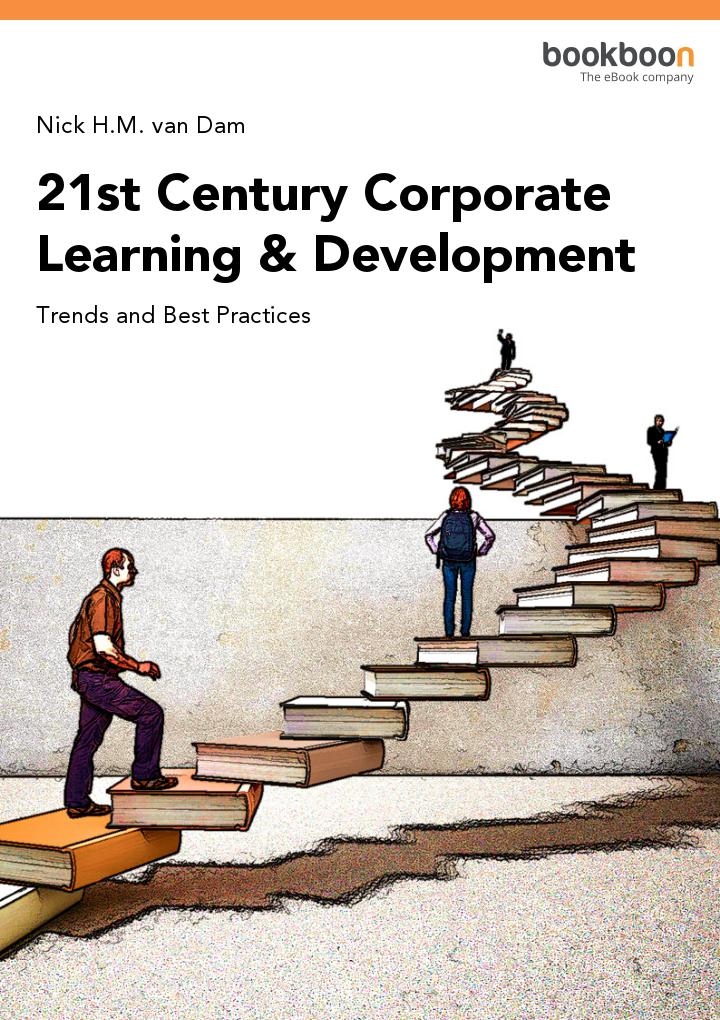How eLearning can help define your success criteria

At times, as learning professionals, it can feel as though we work in an intangible industry. This is because of the common misconception that learning itself cannot be easily seen or measured making it difficult to prove the ROI of the launch of a learning program to stakeholders and decision-makers. However, by defining the success criteria of a learning solution launch, L&D professionals can easily prove its impact and show its very tangible and positive effects on the organisation. Here are 7 ways to define what a successful launch looks like and how to measure the impact of learning in your organisation.
Usage rates
One of the most definite determining factors of whether a learning platform is being successfully adopted within an organisation is how often it is being used by employees. Some modern eLearning platforms offer specific analytics so L&D managers can determine how often the platform is being used as well as exactly what it is being used for. Positive statistics and usage rates are a great way to prove just how necessary your eLearning platform is to the learners within your organisation.
Learn how to engage more learners and up your usage rates here.
Net promoter score
Digital learning platforms with a built-in net promoter tool are essential in determining the success of a learning solution. Net promoter scores give L&D professionals direct insight into whether employees find their learning solution helpful in their day-to-day lives and give employees the chance to give their opinions on how the solution impacts them as well as how it could improve. A high net promoter score is a great indicator that a learning solution was a good investment.
Feedback
In the same way that a learning platform measures usage and suggests which content users are proactively engaging with, L&D managers doing some qualitative research of their own by interviewing or surveying users is a fantastic way to measure and track the success of a learning solution. Good employee feedback is a direct indicator of whether or not a learning solution rollout is successful.
Tests and quizzes
At the end of the day, the purpose of any learning solution is to give employees the opportunity to develop their skills. One great way to measure the success of a training platform is by assessing whether employees are indeed learning through quizzes and tests. Many digital learning platforms offer optional exams during or following the completion of learning materials so employees can test their knowledge. Presenting the results of employees’ successful quizzes is an easy and accurate way to show stakeholders and decision-makers just how impactful their investment in development has been on the organisation.
Productivity levels and process optimisation
A company is only as productive as the people working for it and an increase in organisation-wide productivity is a key defining feature of the success of a learning solution. According to a study by National Center on the Educational Quality of the Workforce, organisations that increase workplace learning by 10% will, in turn, receive an increase of an average of 8.6% in productivity levels (1). When productivity rises, processes are often optimised meaning business goals are completed more effectively and efficiently. Looking at the time it takes from a project’s beginning to its point of completion compared to before the launch of a learning solution is a useful and tangible way to determine its success.
Employee retention
Employee turnover is one of the highest cost factors of any organisation but it is also an easily measurable factor. Linkedin’s 2018 Workplace Learning Report suggests that 94% of employees would prolong their stay in an organisation that invests in their career development (2). Comparing employee retention rates after introducing an eLearning solution versus before rolling it out is an impactful way to measure how successful it has been.
Customer satisfaction
When it comes down to the most important factor for business success, high customer satisfaction cannot be beaten. Especially when an organisation’s digital learning platform focuses on developing soft skills such as communication, investing in L&D can positively impact customer service and client satisfaction. A fantastic way to measure the level of customer satisfaction is by requesting that clients complete a survey or rate their level of customer service and present the findings to budget holders.
Although tight budgets have contributed to an ongoing struggle for L&D professionals when defending the importance of development within an organisation, when all is said and done, defining what a successful learning platform means really comes down to is our employees and whether they are growing and learning new skills that will benefit themselves and their organisation. Choosing an eLearning platform that provides tools and feedback to help organisations define success criteria and present an ROI will make all the difference in convincing securing a budget and continuing to provide employees with a quality learning experience.




